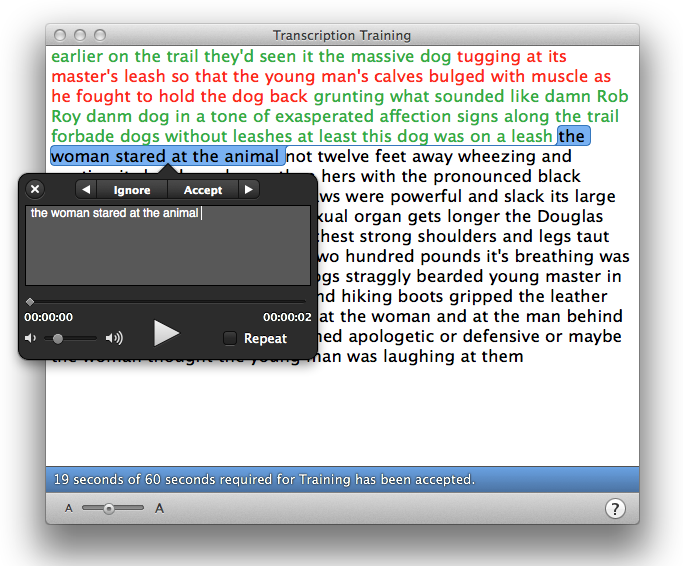

Although the thermal stress of the Ikogosi Warm Spring is natural, the government should take the necessary steps to regulate tourist activities so that the site’s naturalness is preserved and the water quality is not further degraded on account of human-induced stressors such as deforestation, waste dumping, and washing activities. At the confluence of both springs, the MMI declined to poor and moderate water quality. Using the multimetric macroinvertebrate index (MMI), the warm spring was of poor biological water quality while the cold spring was of good biological water quality. Generally, the macroinvertebrate taxonomic richness (30 species) and EPT richness (3 species) of the Ikogosi Warm Spring indicated an impaired freshwater system. The less-stressed cold spring had much more dissolved oxygen than the warm spring and other thermally stressed stations but less than the warm spring and other thermally stressed stations for water temperature, electrical conductivity, total dissolved solids, Ca2+, Mg2+, and water hardness. Macroinvertebrates and water samples were collected from the warm (stressed) and cold (less-stressed) springs, as well as the confluence stream, within the renowned Ikogosi Warm Spring of Southwest Nigeria.

Using the multimetric macroinvertebrate approach, the biological water quality of the warm and cold springs of the Ikogosi Warm Spring in Nigeria was evaluated, with a view to ascertaining the response of freshwater macroinvertebrates to natural thermal stress. However, information on their response to natural thermal stress is relatively scarce, particularly in the tropics. However, the larvae of many species and even four out of 50 genera occurring in Namibia are still unknown.įreshwater macroinvertebrates have been widely used as environmental stress indicators. sabicus, Mastigogomphus dissimilis, Anax bangweuluensis, and Phyllomacromia overlaeti, and for the first time keys for some widespread African species pairs, such as Tramea basilaris and T.

rufostigma, Ictinogomphus dundoensis, Crenigomphus cornutus, C. It includes identifi- cation characters of taxa hitherto undescribed, viz. The key is therefore applicable also in southern Angola, most of Botswana and the Northern Cape province of South Africa. We have also included some taxa from neighbouring areas, which have not been recorded in Namibia yet. The high resolution print version can be ordered via GdO present an illustrated key to the exuviae and final stadium larvae of the dragonflies of Namibia. The uploaded file is a low resolution version.


 0 kommentar(er)
0 kommentar(er)
